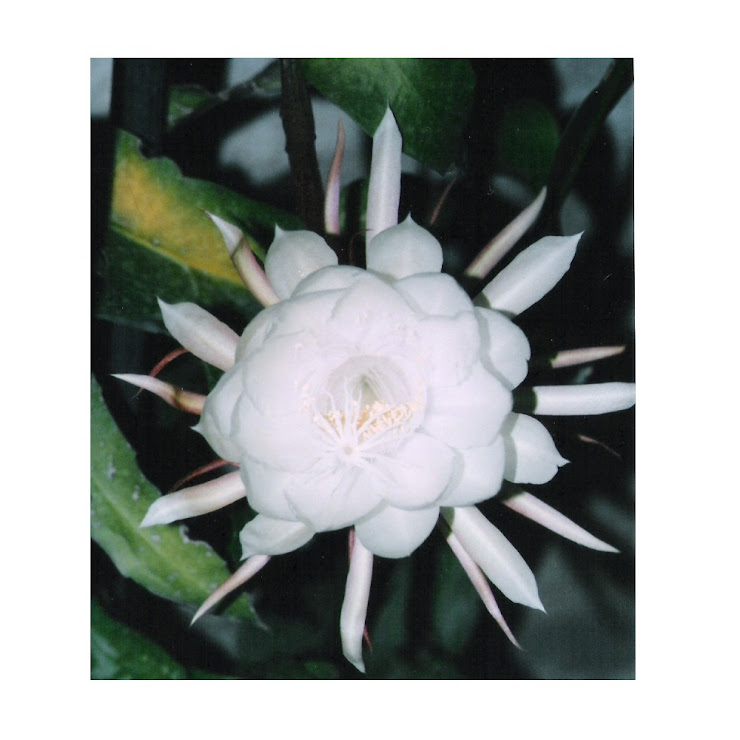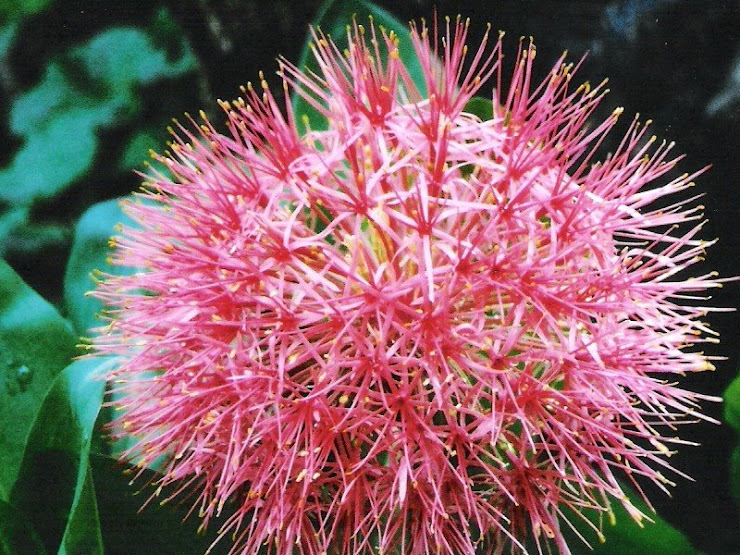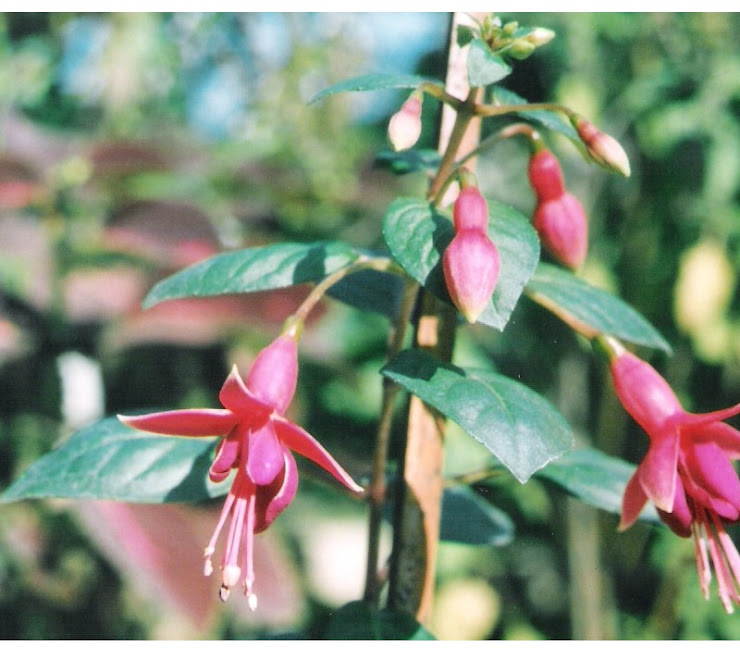NUTRIENT NEED OF FLOWERS
Flowers need proper nutrients just like you do. One way to help your flower gardens come alive is to give them what they need.
Understanding Fertilizers in General
Fertilizer is plant food (nutrients) for flowers, trees, shrubs, and other flora. Nutrients are available in various amounts in nature, and plant life needs these nutrients to survive and grow. The primary big 3 of the nutrients that plants need large amounts of are:
Major Plant Nutrients:
· Nitrogen
· Phosphorus
· Potassium
Nitrogen – This is the main nutrient for new green growth. This is especially important for plants that are mostly all leaf such as grasses. As a result the ratio for lawn fertilizers has a higher 1st ratio number meaning more nitrogen in the mix.
Phosphorus – This nutrient promotes good root development and strengthens the flower or plant. It also results in increased blooms on flowers so lots of phosphorus is great for bulbs and perennials. Fertilizers higher in phosphorus have a higher 2nd number in the ratio.
Potassium – This builds strong and healthy plants & flowers and improves the overall health of the flora.
These 3 are the ones that fertilizer manufacturers focus most on and they are known as “macronutrients”. There are also nutrients that plants do need but in much smaller quantities and these are known as “micronutrients”. The more important secondary nutrients are:
Secondary Plant Nutrients
1- Calcium – Improves general plant vigor and promotes growth of young roots and shoots.
2- Sulfur – This nutrient helps to maintain a dark green color and encourages more vigorous plant growth.
3- Magnesium – This nutrient helps to regulate uptake of plant foods and assist in seed formation. It is also important in the formation of dark green color and encourages vigorous plant growth.
After the major and minor nutrients there are sometimes “trace elements” that play a role in plant nutrition. Trace elements play a role in helping to develop dark green color and healthy and vigorous plant growth. These “trace micronutrients” are:
Trace Micronutrients
· Boron
· Manganese
· Iron
· Zinc
· Copper
· Molybdenum
Manure was once the dominant fertilizer and is still used but less frequently. Fertilizers in modern times are made either synthetically or organically (manure and or compost). The Macronutrients are given a ratio on the fertilizer bag to represent the proportions of the main nutrients that are present in a particular fertilizer mix.
For example, a 5-10-20 fertilizer would have 5% Nitrate, 10% Phosphate, and 20% Potash. If a particular flower or plant needed higher phosphate levels for healthy growth the middle number would go up (for example: 5-15-20).
Law of Minimum:
This law states that plant growth is controlled not by the total resources available, but by the scarcest resource needed by the plant or flower. In other words, extra amounts of plentiful nutrients do not increase a plant’s growth if the scarce nutrients needed were still lacking. Only by increasing the amount of the limiting nutrient can a particular plant or flower have improved growth.













No comments:
Post a Comment